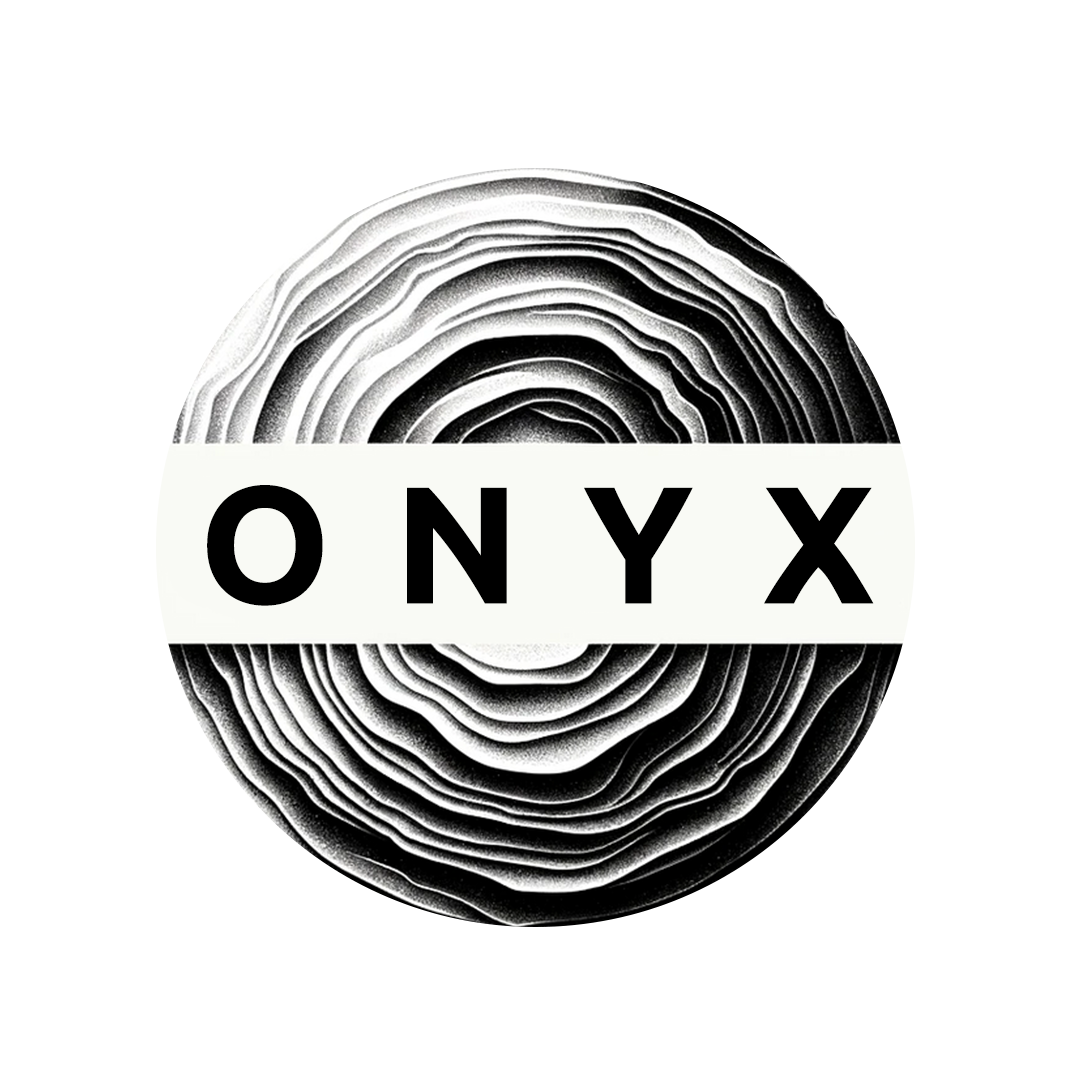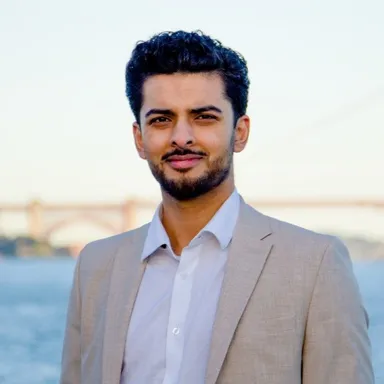Table of Contents
Why did you found VeriSIM Life?
I was pretty curious about drug development because of my father. He was in pharma since I was two. Curiosity became an obsession that led to frustration - why are there no solutions to so many common problems? Outcomes are pretty much stagnant. Improvements really haven't happened at the pace we want them to.
To be very honest, I think VeriSIM is the only company taking a deeper, tactical approach to solve the problem of translatability. And it is difficult to translate from animals to humans, and difficult as well to translate from in vitro to animals.
So back to me, and I became a veterinarian first to really understand how physiologically different animals are. Animals are very different from humans, but we are all genetically so alike. There are nuances and differences. And that really created a fundamental question - can we codify this?
What I realized is that we already have a lot of knowledge. We have centuries of medical knowledge. But we miss out on so many insights.
And that really fundamentally drove me to take, at that point, a risk, to become a solo founder. VeriSIM understands the nuances of translatability between different types of molecules, different types of animals, and different humans. So we have put together our infrastructure, our BIOiSIM platform to find patterns, and when we make predictions, to have explainability.
What is your BIOiSIM platform?
BIOiSIM is the technology that can solve challenges in translatability. Our customers are research institutes, publicly listed biotechs, and big pharma. One of the partnerships we have already is with Mayo Clinic.
With research institutes our expertise is finding where there’s no cure or opportunity for new insights. We find tough challenges and tough market opportunities, like highly metastatic cancers, such as liver cancers, which are very hard to diagnose at an early stage. So in that partnership, we are really coming together to create and develop assets.
We are open to equity partnerships, and like to have an ownership stake in new assets. For example, we work with biotechs to increase the speed of a drug candidate’s progression. They want to know how to quickly filter out and find the best molecule.
And if you have a challenging molecule which is shown to have bad properties, how do you repurpose, recreate, reformulate those challenging molecules which have shown bad properties?
And with pharma companies, where they already have lots of candidates, we provide early insights as a service. When it comes to high throughput screening, how do they better identify the top performing assets at an earlier stage with limited data? That's where we partner up and deliver what you could call a "credit score" for their early molecules; we call that score our Translational Index.
The Translational Index tells you the likelihood of clinical success. So this calculation dives into many aspects. What are the challenges with those molecules? Is it toxicity? Is it drug exposure? Is it the wrong choice of animal model?
Our vision is that every company at some point uses our Translational Index to evaluate a programme before they invest even more into biological experiments and validation.
How do you decide what data to incorporate and how quickly can you keep up with new data being released?
Our fundamental difference is that we have created mathematical representations of animals and human systems to really understand how they work. This is more of a systems biology approach, because with an AI only approach, you don't really need to know how a human body functions, you just load in the data.
What we try to do is create these mathematical representations, using synthetic data. AI can fill those gaps where the data is missing. So let’s say Tylenol - and I'm giving a very general example - interacts with liver enzymes in this unique way in rats versus in humans. We have the ability to create virtual representations of how it'll interact with children, men vs women, different races.
We are also learning how AI actually makes those predictions. I honestly don't think any other company is capturing our level of explainability within their approach.
And we can use transfer learning approaches where there are rare diseases. It doesn't mean that we don't need data, but it means that we can still have meaningful predictions where there is limited data. We've done that with our own rare disease assets, investing half the resources compared to conventional methods. These outcomes are real and we are pretty proud of the way we've built the system.
Looking ahead, what is your focus?
There is a way to merge knowledge and AI, to be capital efficient and come up with meaningful outcomes. We call it the hybrid AI approach and that’s encapsulated in our platform BIOiSIM.
I've been engaged with translatability research for so long, but now it's more than a trend. We are being approached by top companies without even doing a sales and marketing effort. They want these solutions. They don’t want unnecessary animal testing.
And I think in the next few years, there’s really going to be a fundamental shift.





